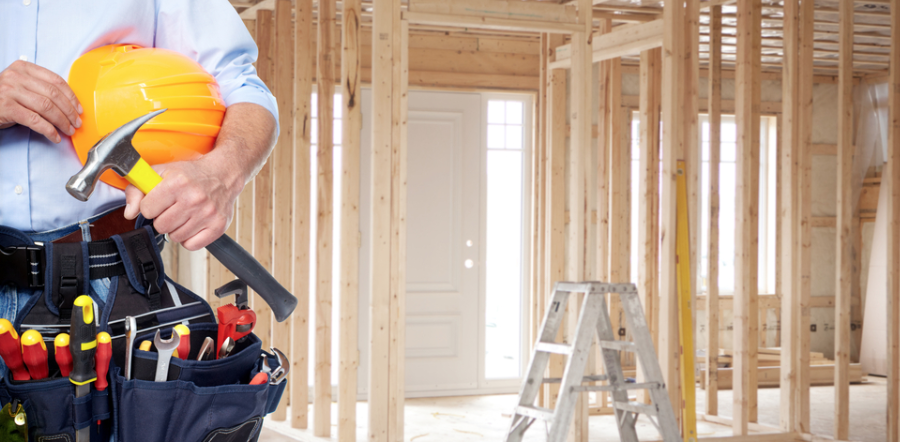Licence to Alter: What Landlords can expect with Licence for Alterations
If a tenant applies for a licence to carry out the alterations, then as a landlord your consent to that proposed work will be referred as a Licence to Alter. The process is a bit more complicated than just you are signing off a document for your tenant. Most leases will contain rules about what alteration a tenant can make to the premises it occupies. The landlord deals with the requirement for a Licence of Alterations unless the point is agreed otherwise in the head of terms the tenant will be expected to foot the cost of the landlord providing the licence.
The tenant will ensure these works, usually as improvements are not realised on a rent review. This will need to be covered in the licence.
Depending on the conditions of the lease and the nature of the alterations it is likely that a licence to alter will be required from the landlord giving the leaseholders permission to carry out the alterations.
An application for a licence to alter might include:
- A description of the works.
- The programme for the works.
- A drawing showing the existing and proposing layout.
- Structural drawings and calculations.
- Building service drawings.
- Risk assessments and method statements.
- Evidence of insurances.
- Evidence of compliance with the party wall act.
The landlord and the tenant acts require that permission is not unreasonably withheld, and in some situations, alterations which are necessary to comply with statutory requirements, cannot be withheld.
The timing of works associated with a licence to alter can be complicated, particularly when they are associated with the initial moves into the premises. The landlord may wish to inspect the work of commencement, during the construction period.
The landlord’s property surveyor looks over the tenant’s proposed property alteration plans and ensure that it will be safe to sign off on the licence to alter. A licence to alter will be needed if you make fairly major changes to your leasehold property and demise. Moving, widening, or blocking doorways are also usually covered by licence for alterations. The licence to alter might also specify things like the hour during which work is permitted, what noise regulation you need to comply with and whether they will affect any other leaseholders. You will need to all of this in mind when you become a tenant or landlord.
For the landlord, a licence of alteration is important to ensure that all works carried out to their property are accurately recorded. When alterations are proposed under a lease, a licence for alterations is considered and put in place where required.
The most common alterations which would normally require a license to alter include:
- Altering the structure.
- Installing additional sanitary facilities.
- Installing a new heating or alternative service installation.
- Cutting through an external wall.
- Removing any wall, solid or partition wall.
- Changing any windows.
For obvious reasons, there are precautions and procedures that need to be followed before a licence should be granted. The aim of the licence to alter is to record all works. The licence to alter has a very important financial relevance, therefore, the tenant and landlord must have a combined invested interest to ensure the accuracy of the drawings and specifications to avoid any dispute at the expiry of the lease. The licence to alter is normally prepared by the landlord’s surveyor and issued to the tenant’s professional team by approval. The landlord’s cost for preparing the licence to alter is chargeable to the tenant. If the lease is silent on the question of alterations, then the tenant is free to carry out the alterations as he/she chooses. From a tenant’s point of view, it is important to establish whether a licence to alter is required.
Subject to the condition of the lease it is normal to have a reinstatement clause, whereby the tenant has an obligation to reinstate their demise to how it was prior to occupation.
Typically, most leases will contain one of three provisions in relation to alterations:
- Absolute Covenant.
- Qualified Covenant.
- Fully Qualified Covenant.
As a tenant, you will be responsible for setting out the proposed scope of works to the landlord, which will typically have required the preparation of design drawings, structural drawings, building drawings and specifications. The tenant will also be responsible for providing an undertaking that all works will be carried out in compliance with all relevant statutes planning consent, building regulations and in accordance with good working practices.
Wherever or not a licence of alter is required will be determined by
i) the scope of works and
ii) what the lease says.
In most leases, the landlord will place a restriction on the extent of alteration, extension or other changes and improvements to a property that the tenant can undertake during the term of the lease without first gaining landlord’s consent.

